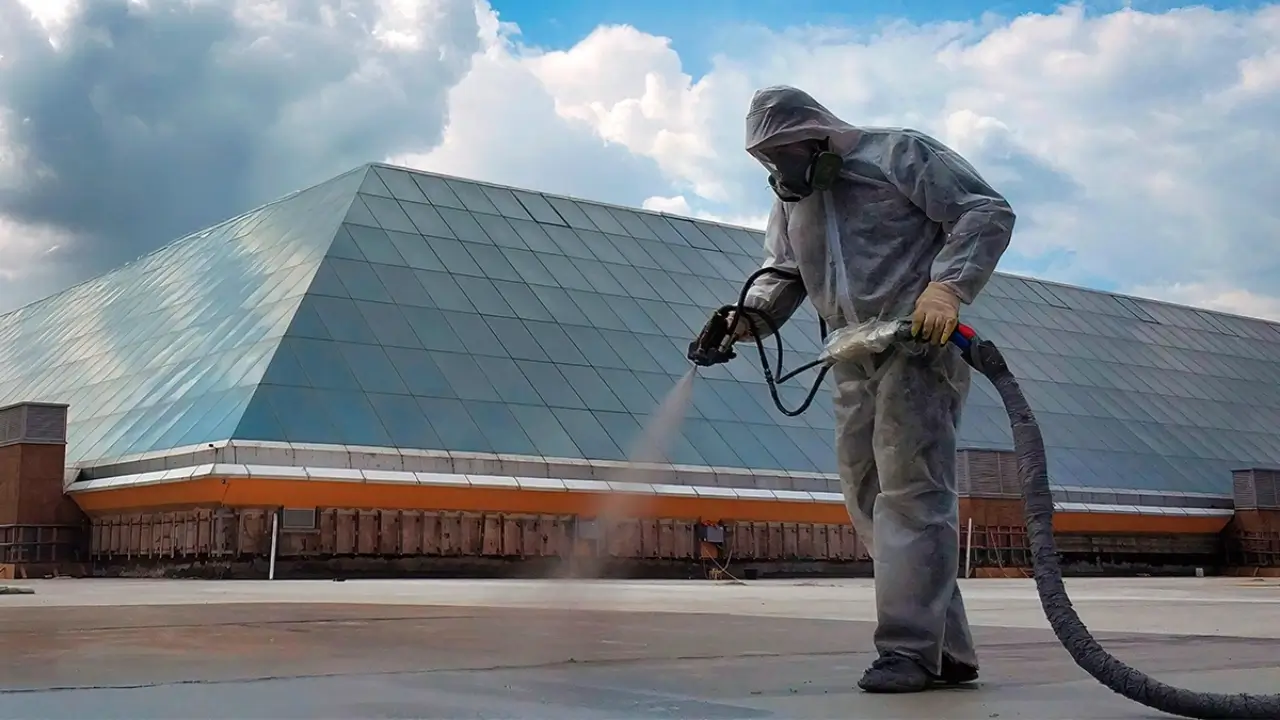
Waterproofing is a critical application used throughout various parts of a building—from foundations to roofs—to protect the structure against the damaging effects of moisture, water infiltration, and dampness. Like any construction material, waterproofing systems have a limited lifespan. This lifespan is influenced by several factors, including product quality, correct application techniques, climate conditions, and structural movement.
So, how often should waterproofing be renewed? The answer depends on the specific application area, the type of material used, the environmental exposure, and the maintenance routine. In this guide, we will explore these variables in depth and provide a framework for determining the appropriate renewal intervals for your waterproofing system.
Key Factors Affecting the Lifespan of Waterproofing
The service life of a waterproofing system is not fixed. It varies based on the following core elements:
1. Material Quality
Low-grade or substandard waterproofing materials tend to lose their functionality within a few years. In contrast, high-performance solutions such as polyurethane, polyurea, acrylics, or crystalline-based systems can deliver reliable performance for 10 to 25 years. Products that are CE-certified, laboratory-tested, and properly packaged generally offer superior durability.
2. Application Method
Even the most advanced waterproofing products can fail prematurely if applied incorrectly. Common mistakes—such as inadequate surface preparation, improper coating thickness, or neglecting curing times between layers—can reduce the effective lifespan by half or more.
3. Climate Conditions
Roof waterproofing, for example, must endure extreme temperature variations—up to 70°C in the summer and freezing temperatures in winter. In Mediterranean climates, high evaporation rates prevail, while Black Sea regions experience constant humidity. These environmental stressors can significantly shorten service life.
4. UV and Mechanical Exposure
Waterproofing systems applied on exposed roofs, terraces, or parking decks are subjected to continuous UV radiation and foot or vehicle traffic. In products without UV resistance, surface cracks and delamination can appear within 2–3 years.
5. Routine Maintenance
Waterproofing systems that are not periodically inspected or maintained can fail silently. Blocked drainage outlets or physical damage often go unnoticed until significant deterioration occurs. A minor crack can compromise the integrity of the entire system.
Recommended Renewal Intervals by Application Area
The optimal lifespan and renewal frequency vary depending on where the waterproofing is applied:
Roof and Terrace Waterproofing
These are among the most exposed systems, facing direct UV rays and thermal cycling. UV-resistant polyurethane or polyurea membranes typically last 10–15 years. Bituminous membranes, on the other hand, tend to degrade after 6–10 years. On average, these systems should be evaluated for renewal every 8–10 years.
Wet Areas (Bathrooms, Toilets)
These interior zones are protected from external elements, offering longer durability. However, leaks beneath tiles are often detected late, usually requiring full removal of floor coverings. High-quality installations can last 15–20 years without issue.
Basements and Foundations
These areas face both positive and negative hydrostatic pressure. Crystalline systems, epoxies, or external membranes are common solutions. External applications typically last longer. Periodic inspections are advised every 10 years, with a general renewal window of 10–15 years.
Pools and Water Tanks
These systems are in constant contact with water and require chemically resistant waterproofing. If applied correctly using durable products, they can perform well for 10–12 years. However, the use of cleaning chemicals or water treatment agents may reduce service life.
Signs It’s Time to Renew Your Waterproofing
Recognizing early warning signs allows for timely intervention before major damage occurs. Be alert for the following indicators:
- Damp stains on ceilings or walls
- Paint blistering or peeling
- Mold or mildew growth between tiles
- Musty odors in basements
- Rising damp from floors
- Water pooling or cracks on terraces
At this stage, superficial repairs are usually insufficient. A full inspection and potential replacement of the underlying waterproofing membrane are recommended.
Best Practices for Waterproofing Renewal
When it’s time to renew your system, consider the following:
- Upgrade to advanced materials (e.g., from bituminous membranes to polyurethane coatings).
- Ensure full surface preparation before application.
- Pay extra attention to details such as drainage outlets and corner joints.
- Follow technical data sheets precisely and rely on experienced professionals.
- If possible, conduct a water retention or flood test post-application.
Tips for Maximizing Waterproofing Longevity
Constant renewal is costly and labor-intensive. Extend the service life of your system by following these guidelines:
- Prioritize performance over cost when choosing materials.
- For liquid systems, select UV-resistant, elastomeric products with crack-bridging properties.
- Never skip surface priming and preparation.
- Protect exposed systems with tiles or protective coatings where applicable.
- Perform annual inspections and repair minor damage proactively.
No Waterproofing System Lasts Forever
There is no one-size-fits-all answer to the question, “How often should waterproofing be renewed?” In general, systems have an average lifespan of 8 to 15 years. This range depends on material selection, application quality, and maintenance frequency. Early detection and timely intervention help prevent major structural repairs.
At Dryfix, we provide tailored waterproofing solutions based on your structure’s specific needs. Our expert team also offers post-application consultancy to ensure long-lasting performance. If you’re experiencing moisture, leakage, or mold issues in your building, don’t delay—contact us today. We’ll help you choose the right product and achieve complete protection for years to come.
